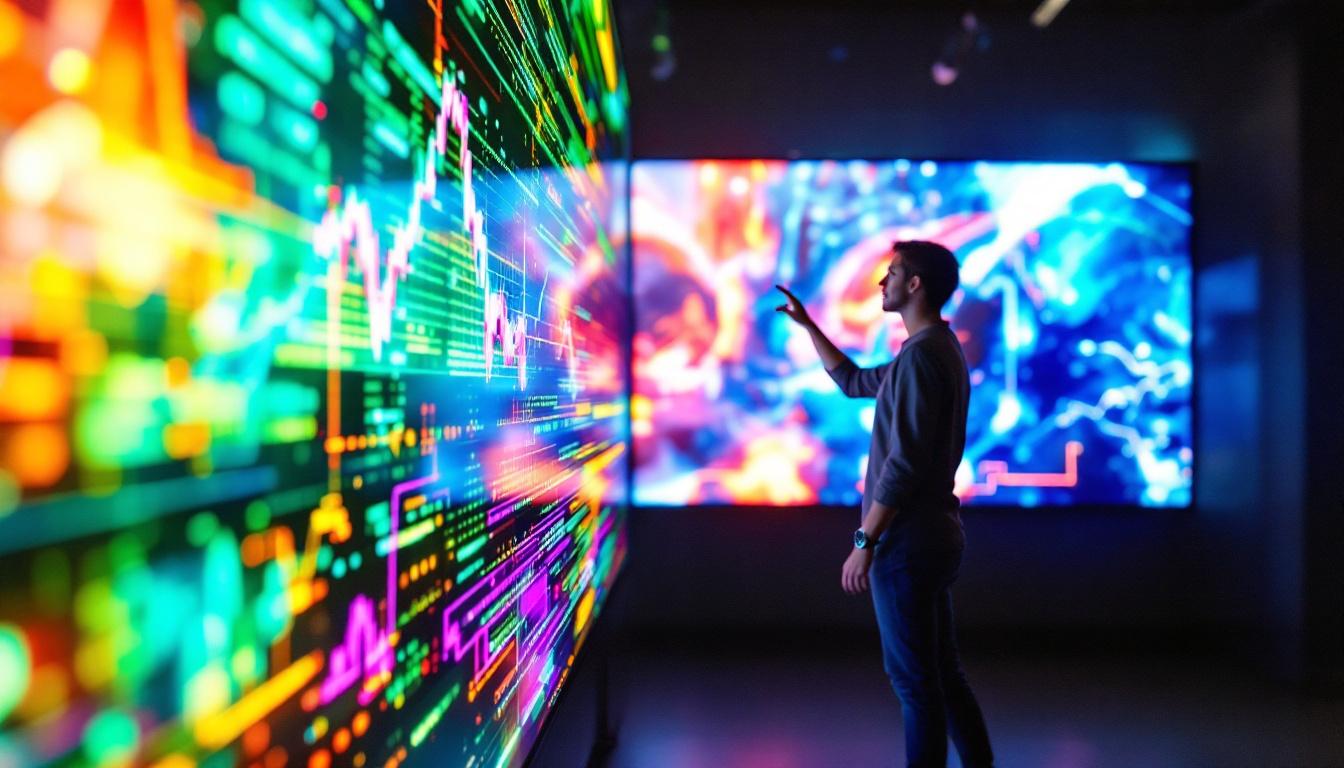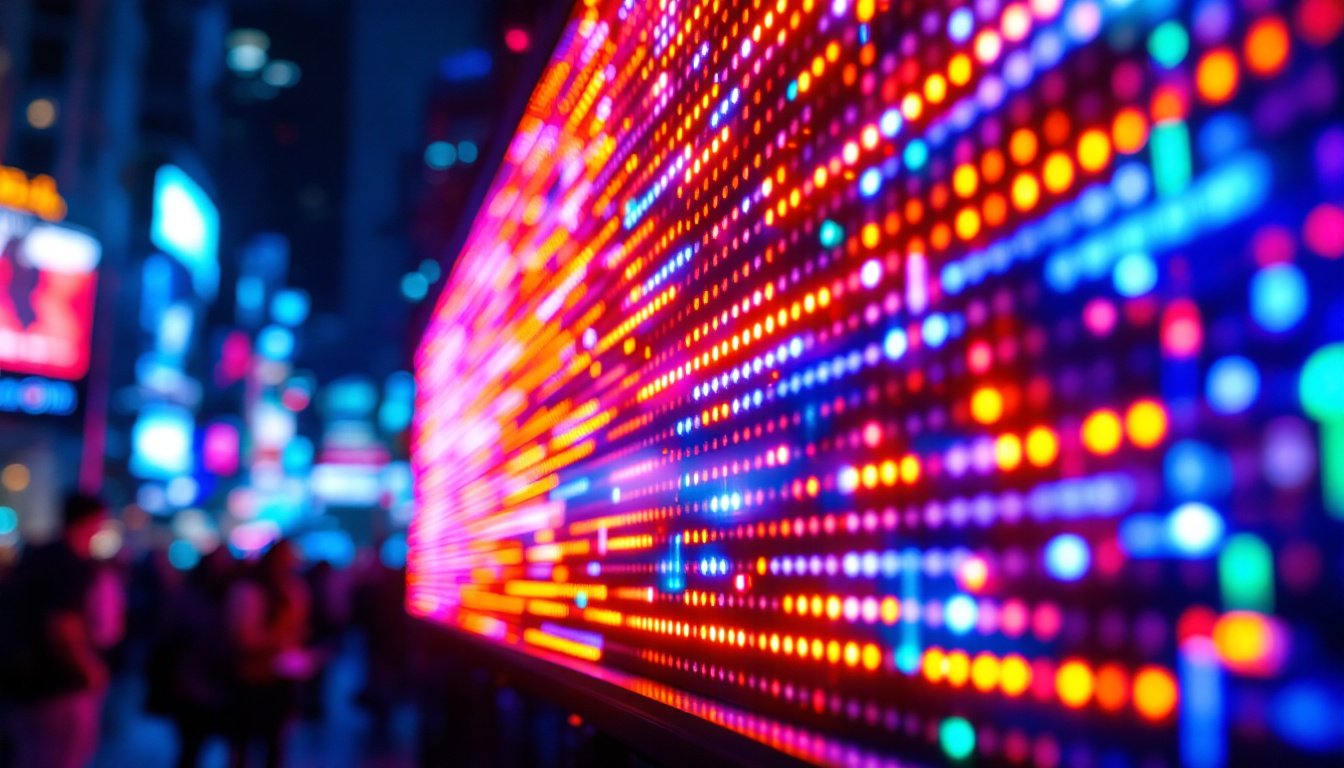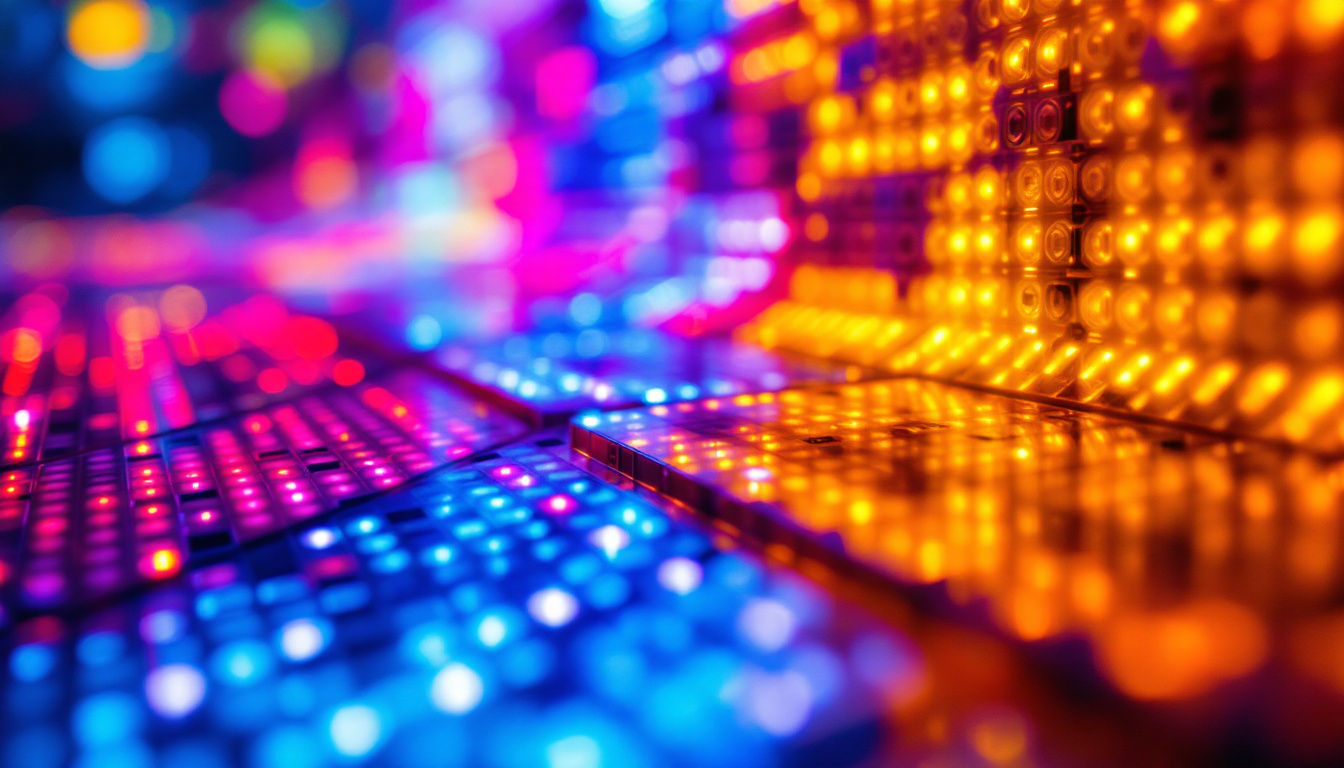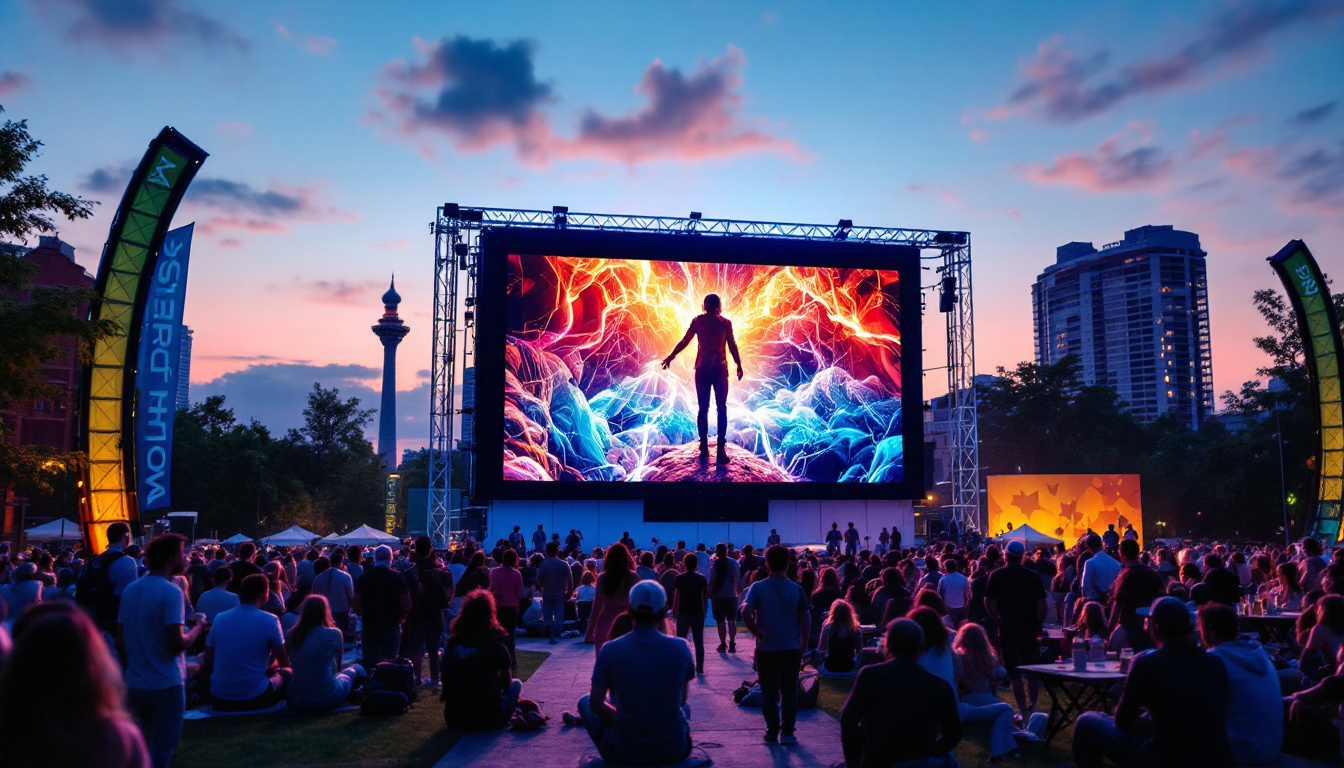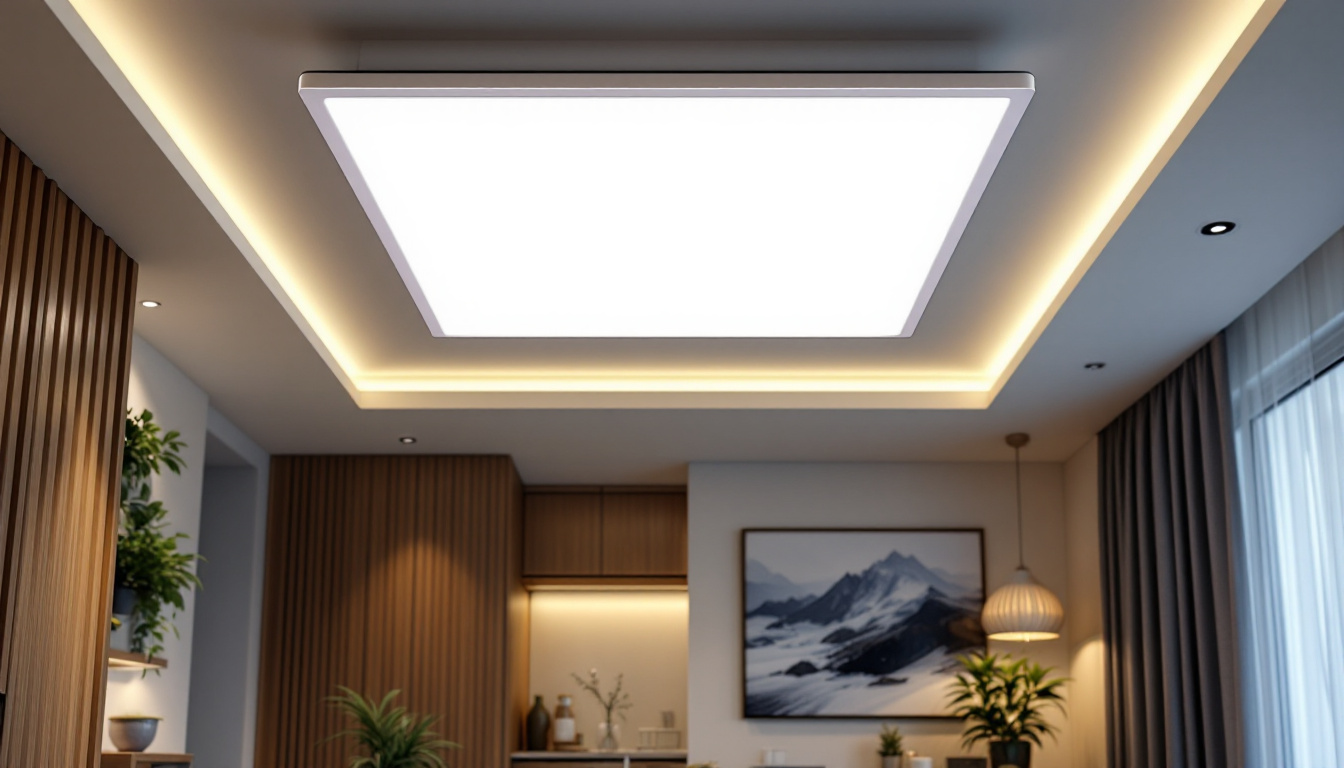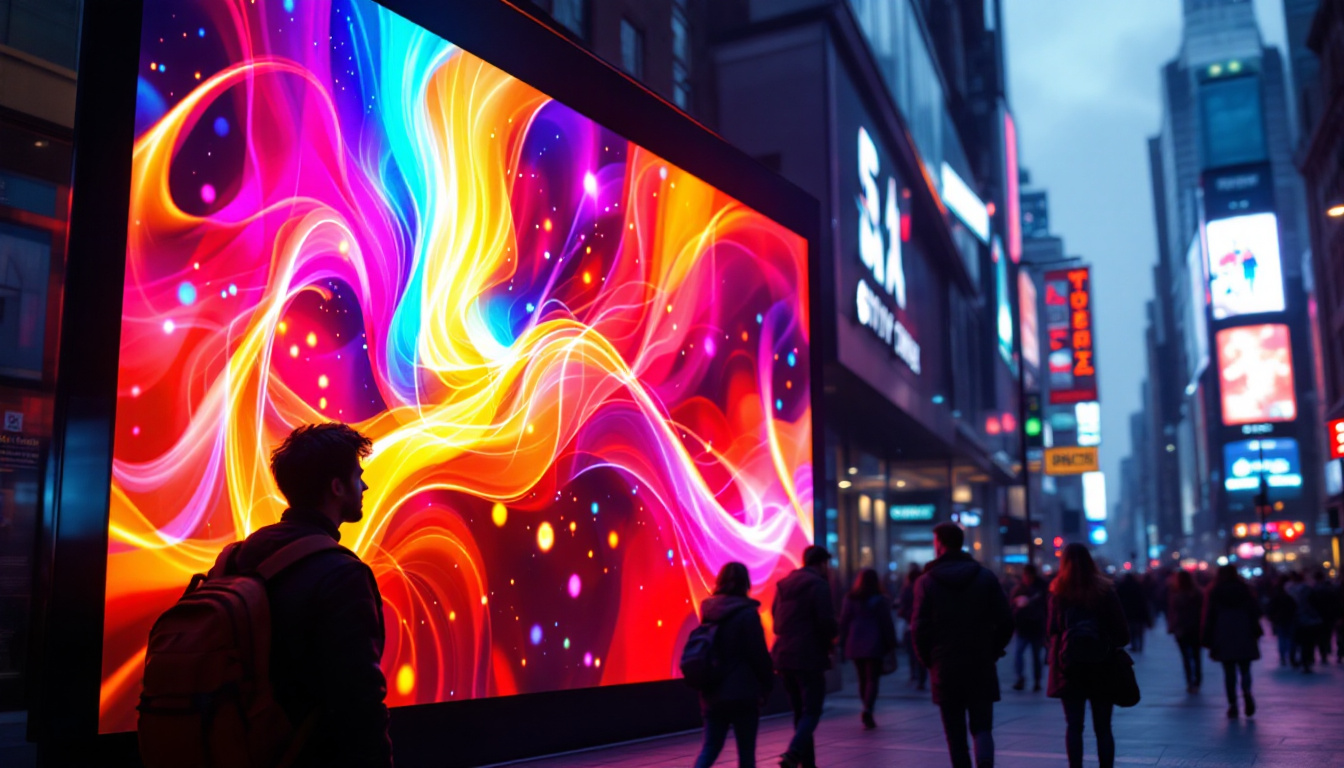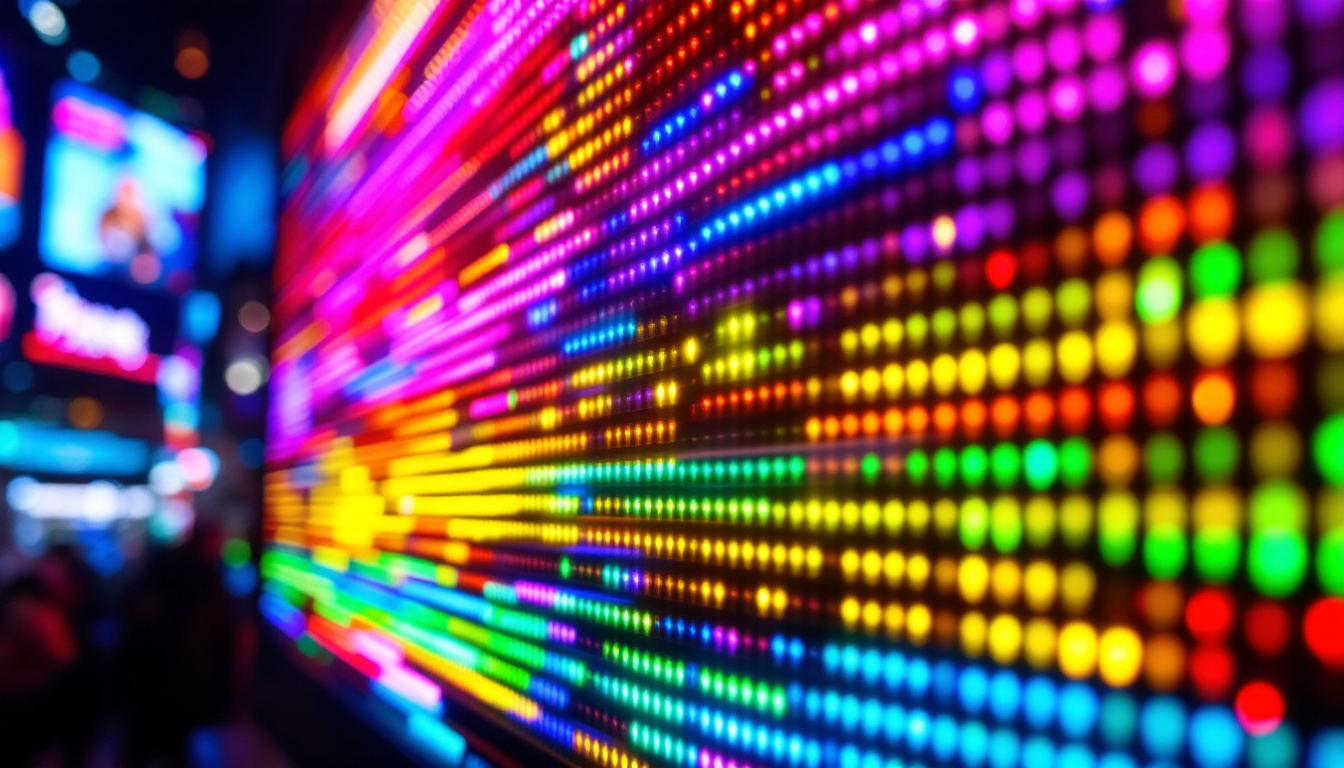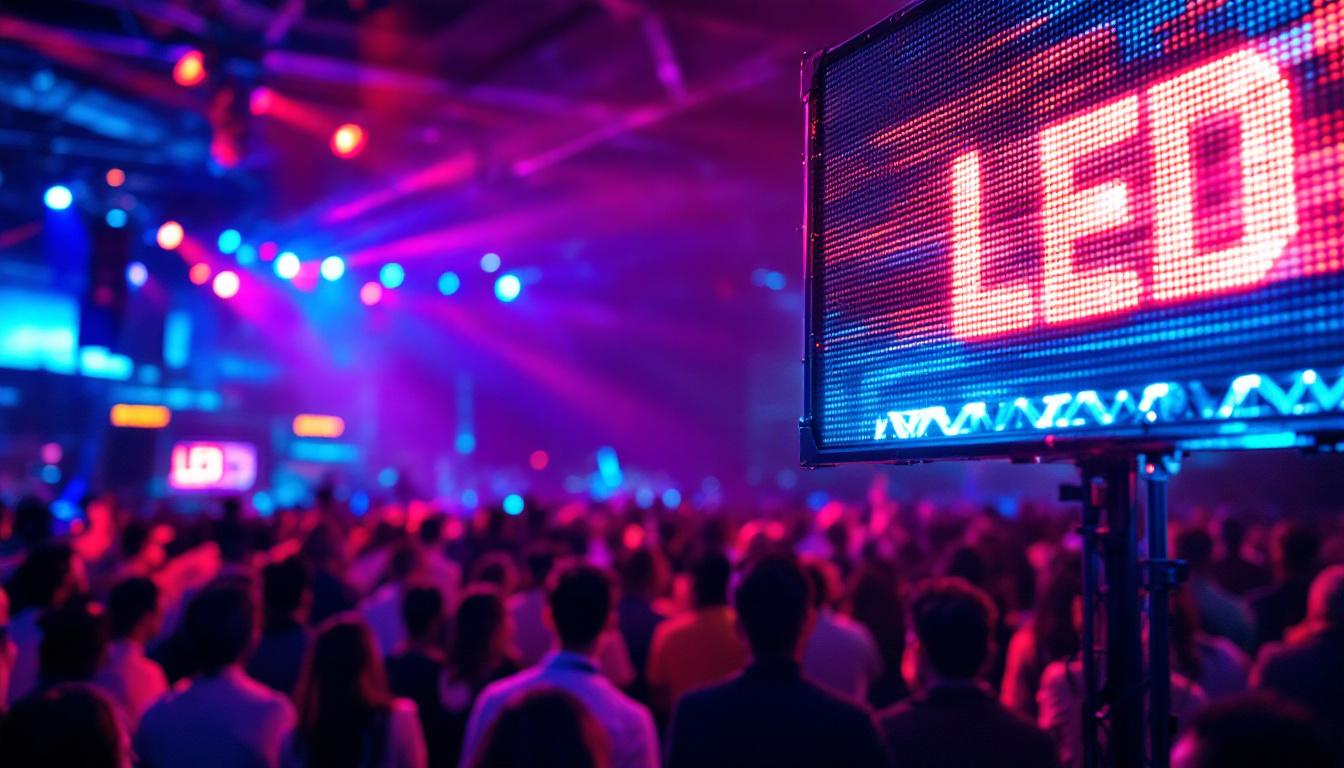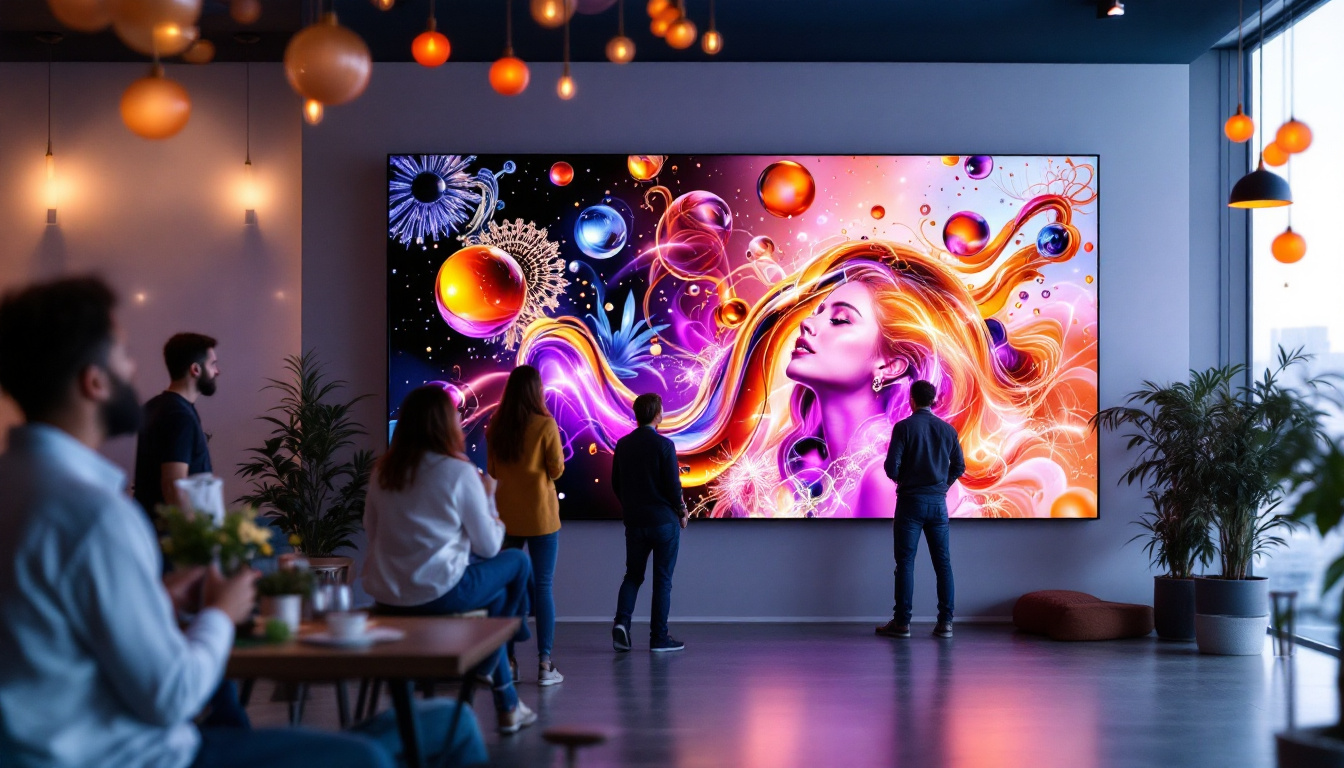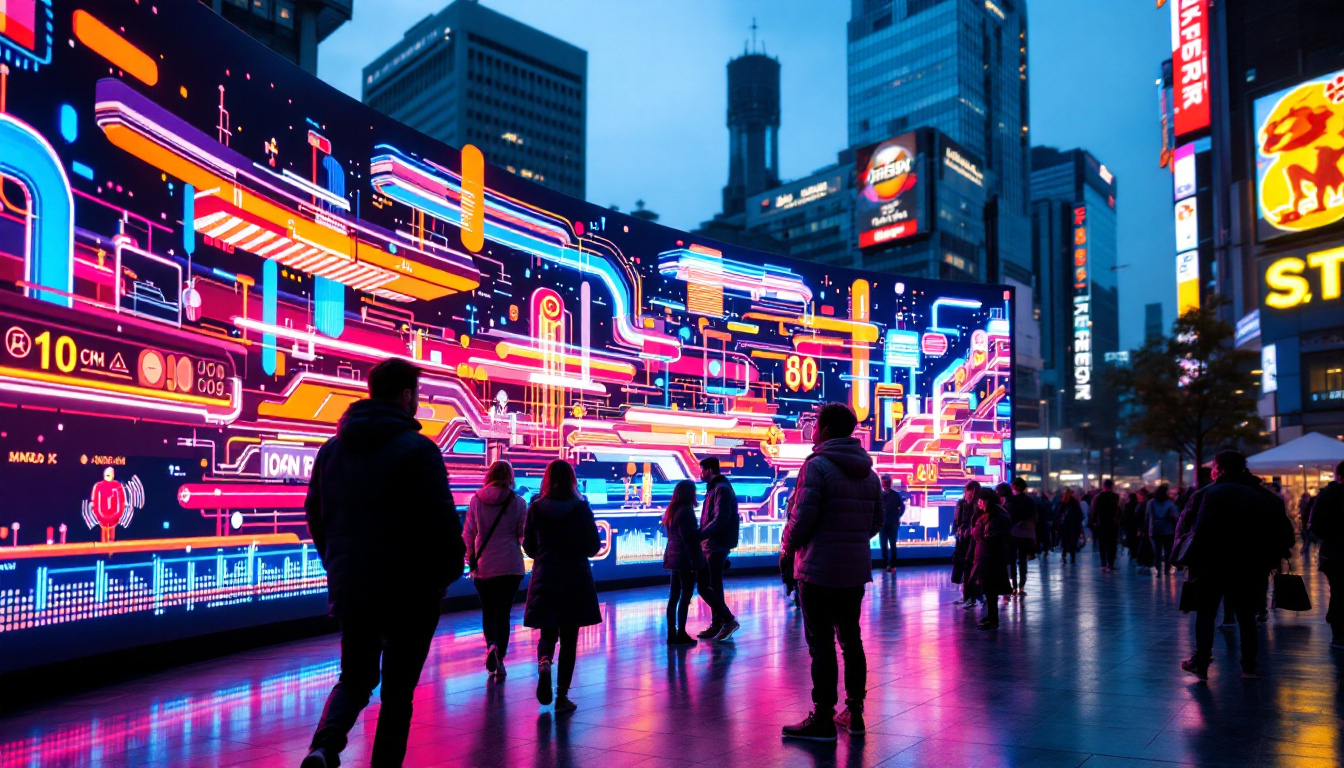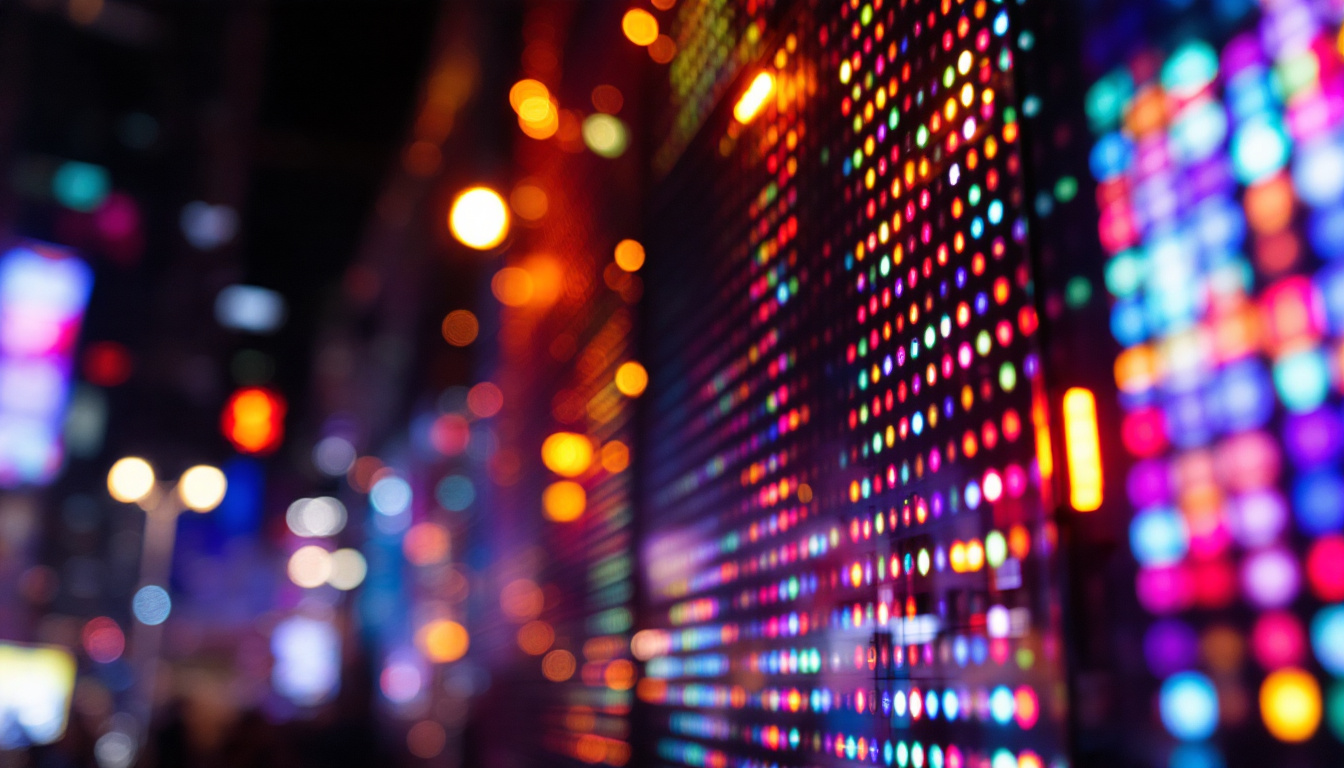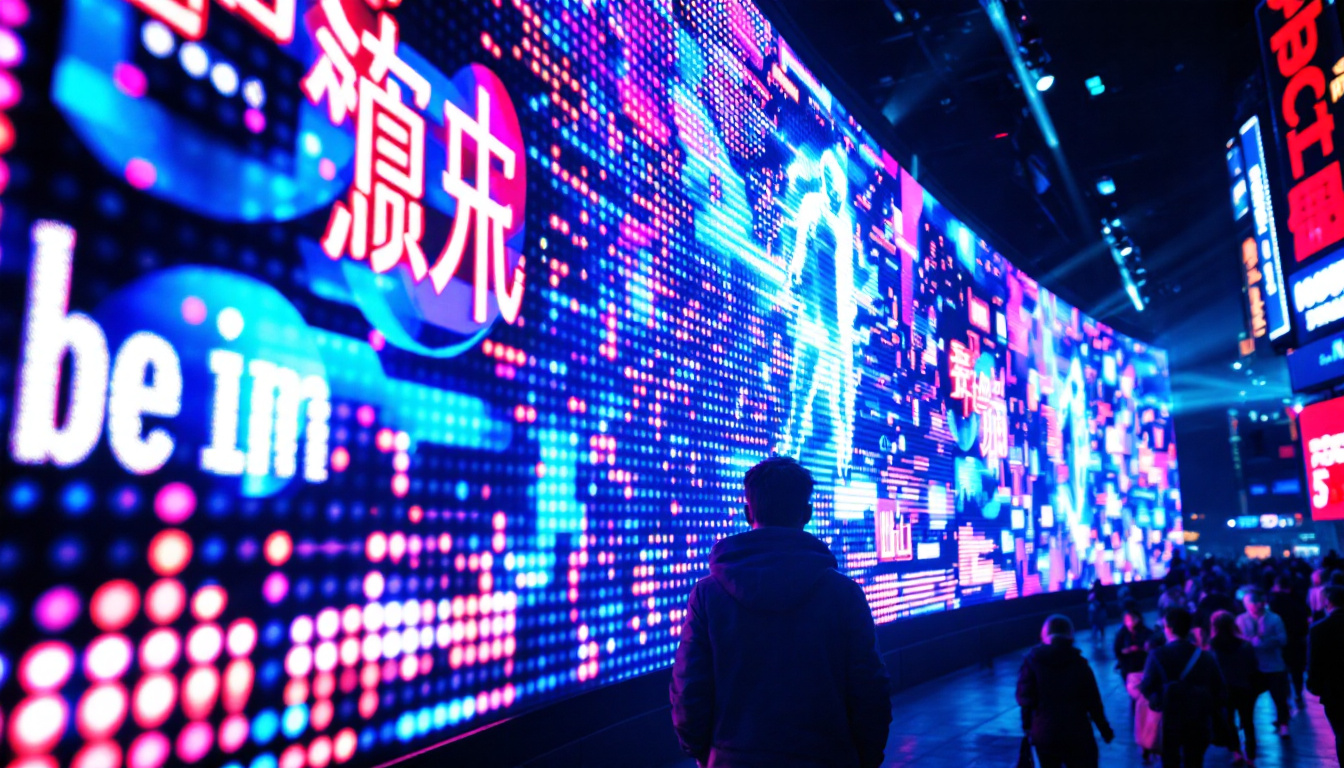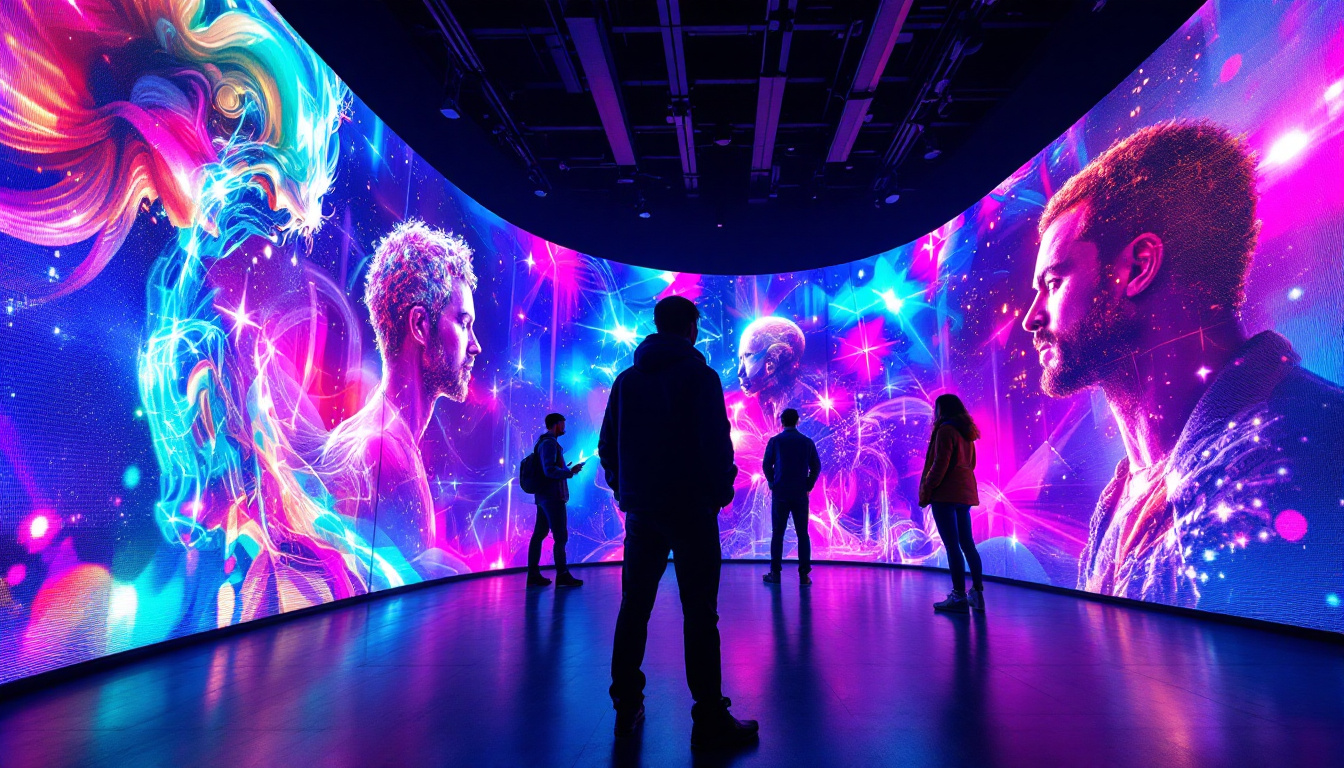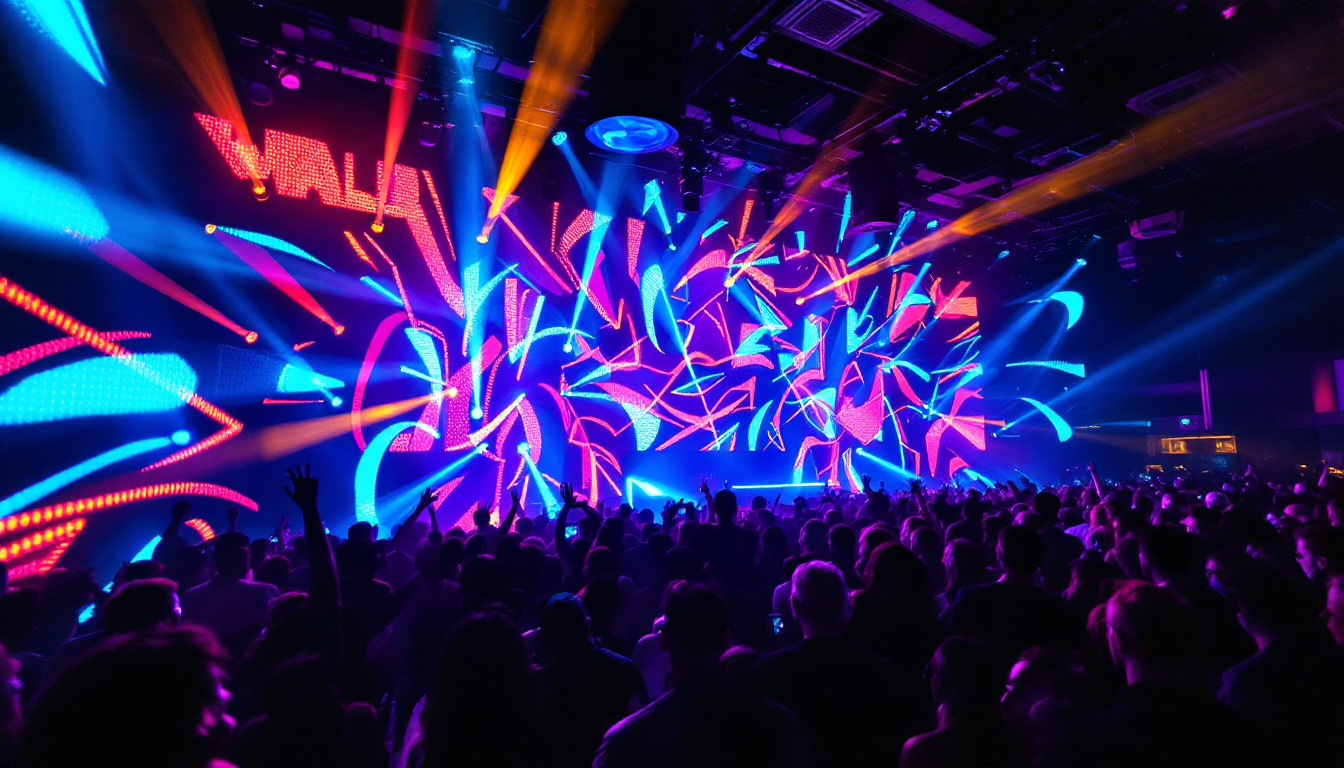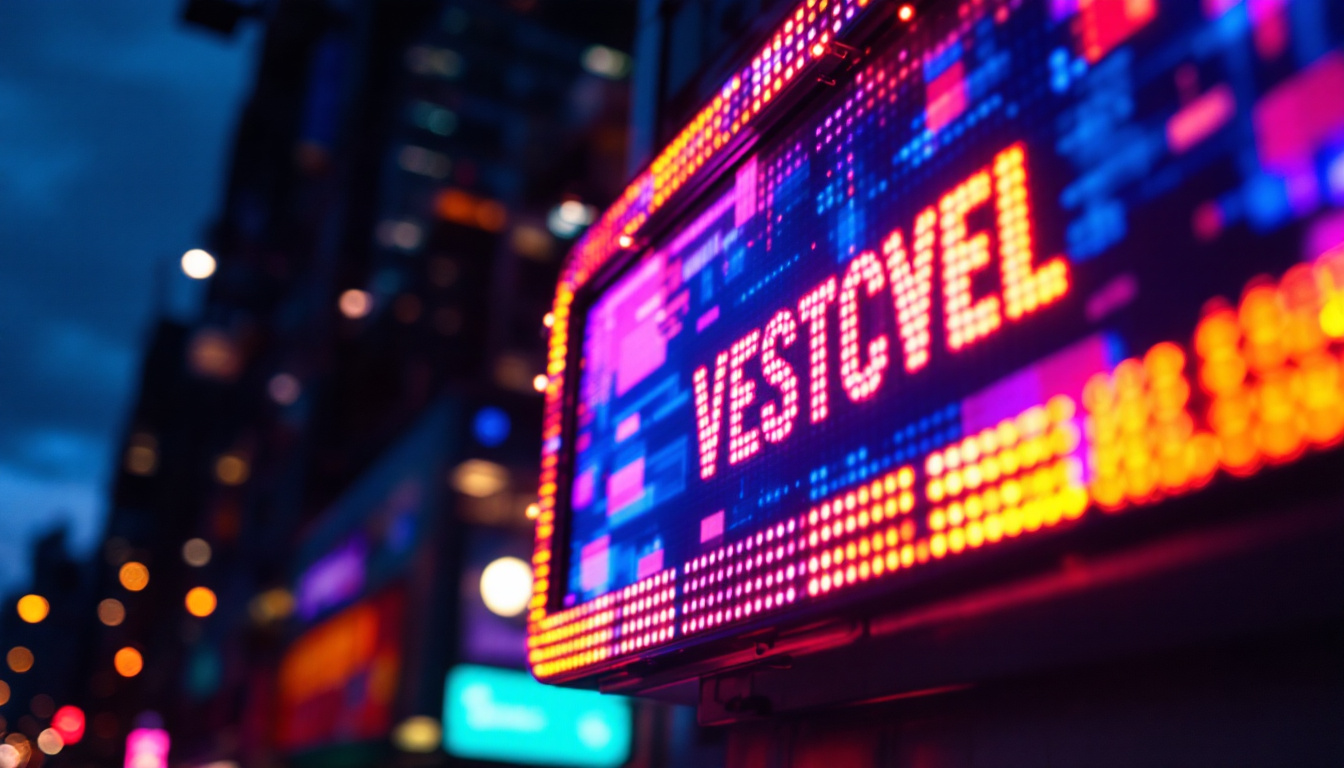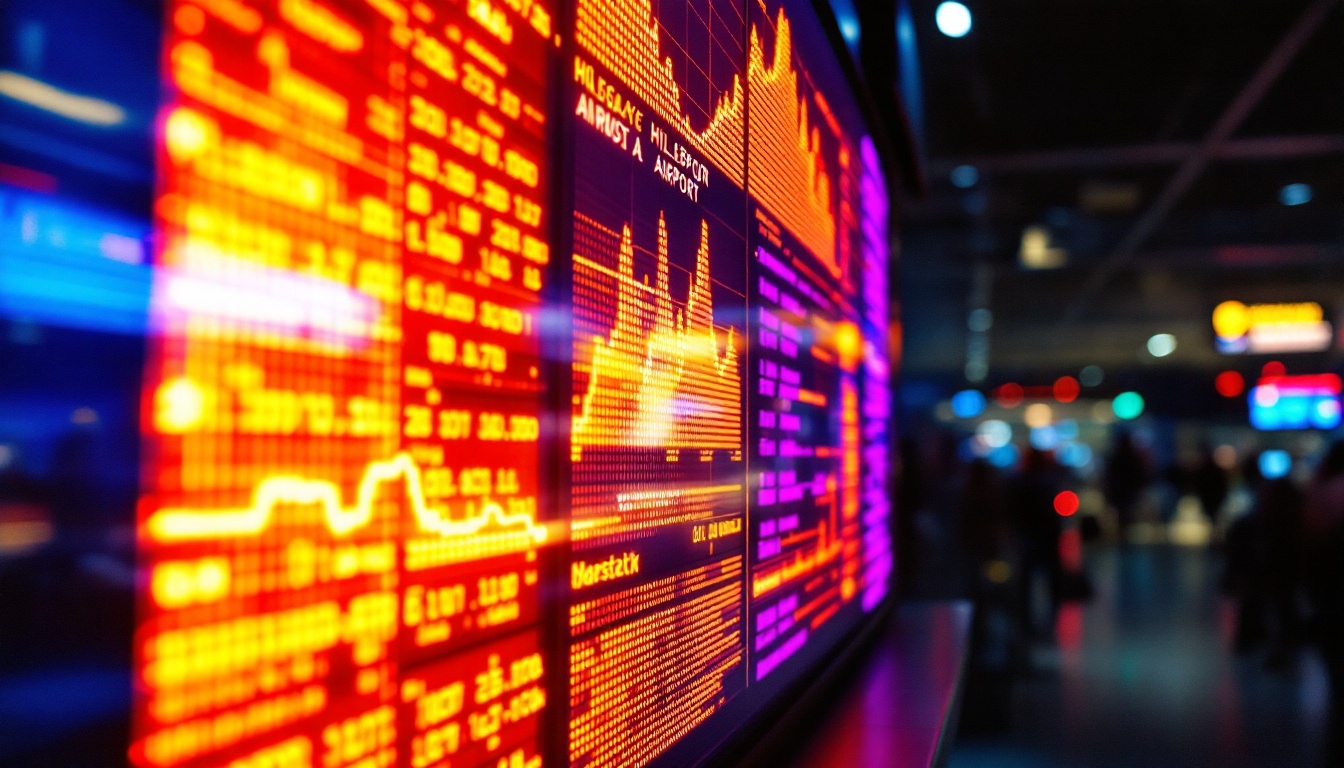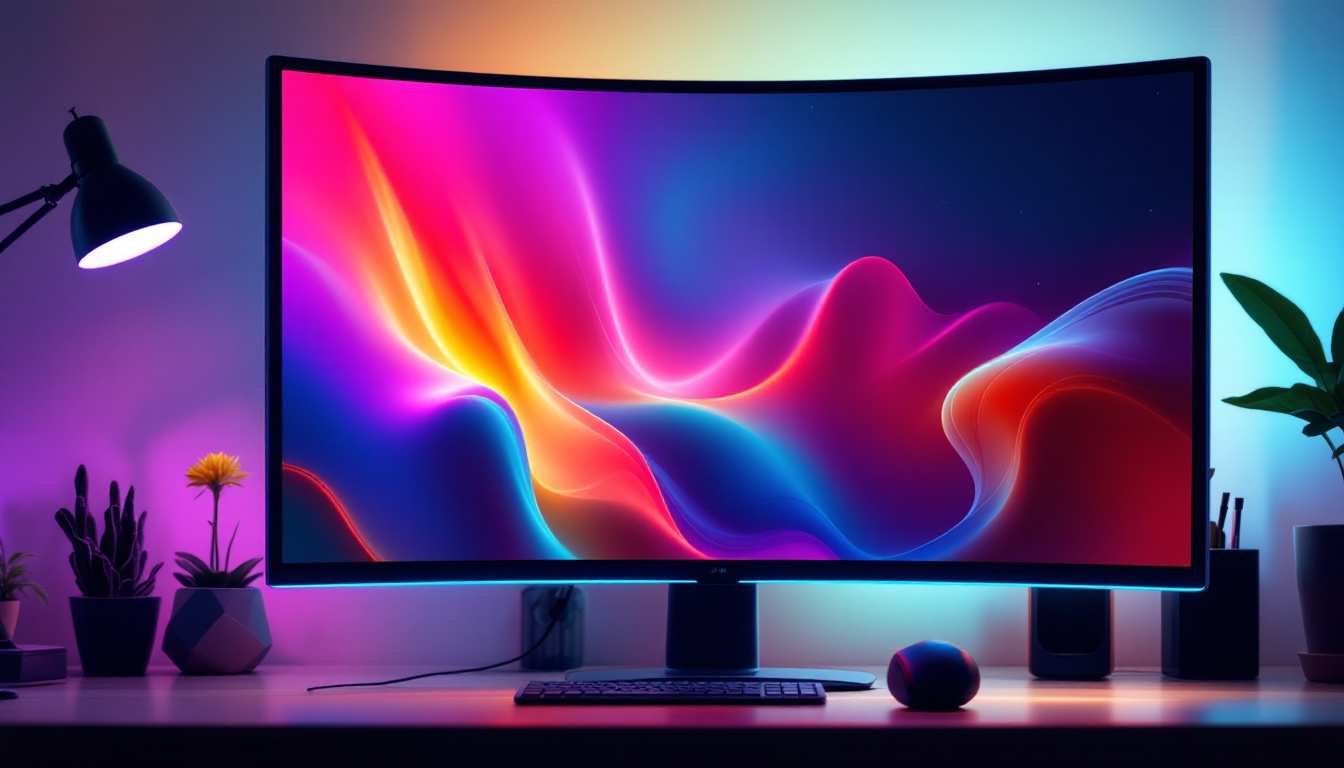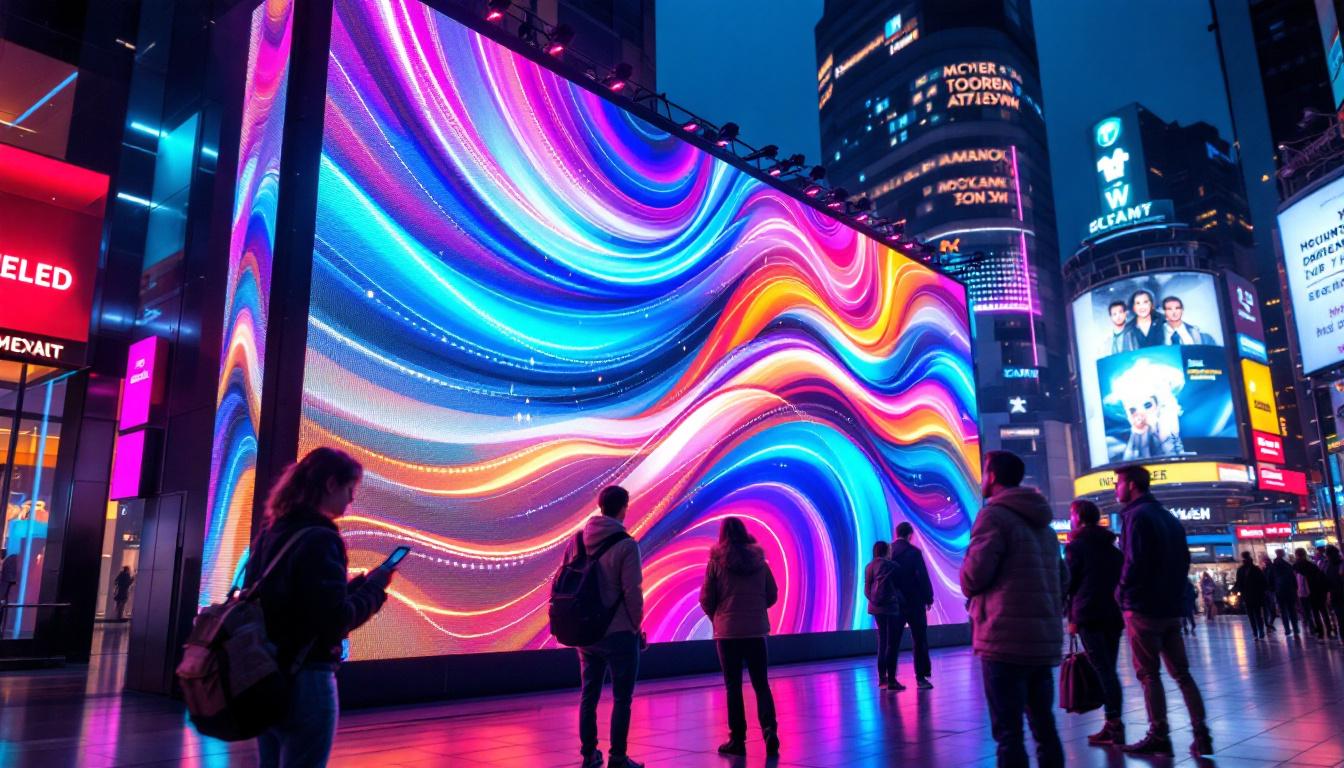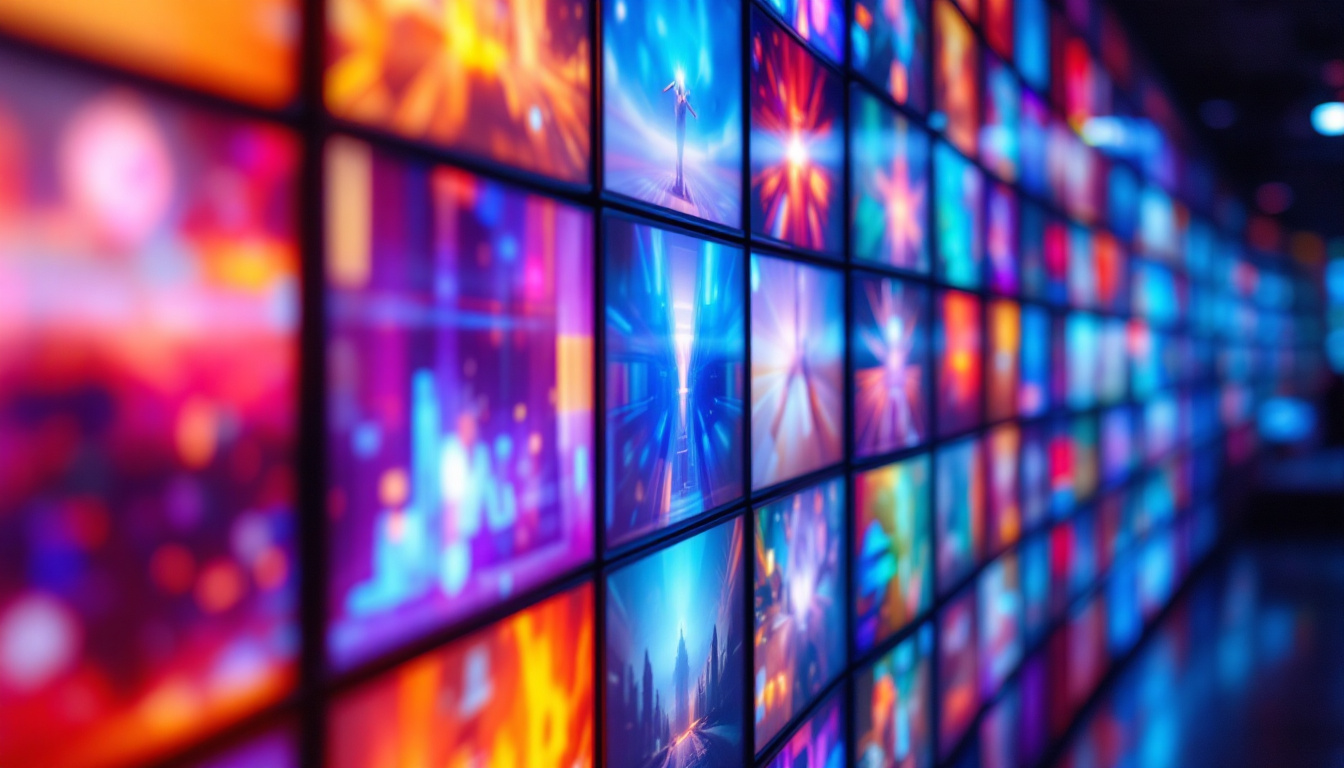The Sphere, a groundbreaking LED display and entertainment venue, has captured global attention not only for its stunning visuals but also for its impressive scale and technological innovation. As one of the largest and most advanced LED displays in the world, understanding its electricity consumption is crucial for appreciating the balance between cutting-edge display technology and energy efficiency. This article explores the Sphere’s LED display, breaking down how much electricity it uses, the factors influencing its energy consumption, and the implications for sustainable large-scale digital installations.
Introduction to The Sphere and Its LED Display
The Sphere, located in Las Vegas, is a massive spherical entertainment venue featuring a wraparound LED display that covers its exterior. With a diameter of approximately 366 feet (112 meters), the Sphere’s LED screen is designed to deliver immersive visual experiences for concerts, events, and advertising. The display boasts over 170,000 square feet of LED surface area, making it one of the largest LED screens ever constructed.
This enormous LED display is composed of millions of individual LED modules, each capable of producing vivid colors and high brightness levels. The Sphere’s LED technology allows for dynamic content that can be seen clearly even in bright daylight, which demands significant power to maintain such brightness and color fidelity.
In addition to its impressive size, the Sphere’s LED display is engineered to provide a unique viewing experience from multiple angles. The curvature of the structure enhances the visual impact, allowing for a 360-degree canvas that can showcase everything from stunning animations to live performances. This innovative design not only captivates audiences but also transforms the surrounding area into a vibrant visual spectacle, attracting visitors from all over the world.
The Sphere is not just a marvel of engineering; it also represents a significant leap forward in entertainment technology. The integration of advanced sound systems and immersive audio-visual experiences means that events held here can engage audiences in ways that traditional venues cannot. The potential for augmented reality applications and interactive displays opens up new avenues for creative expression, making each event a unique and unforgettable experience. As such, The Sphere is poised to become a landmark destination in Las Vegas, redefining the standards of live entertainment and digital artistry.
Understanding LED Display Electricity Consumption
How LED Displays Consume Electricity
LED (Light Emitting Diode) displays consume electricity primarily to power the LEDs that produce light. Unlike traditional display technologies such as LCD or plasma, LEDs are more energy-efficient because they emit light directly rather than relying on backlighting. However, the total electricity consumption depends on several factors including the size of the display, pixel density, brightness levels, and the complexity of the content being displayed.
For large-scale displays like the Sphere, electricity consumption is also influenced by the number of LEDs, the refresh rate, and the control electronics. The higher the brightness and resolution, the more power is required. Additionally, environmental factors such as ambient lighting conditions can affect how brightly the display needs to operate, impacting energy use.
Key Metrics Affecting Power Usage
When assessing the electricity consumption of an LED display, it is important to consider:
- Brightness (nits): Higher brightness requires more power. The Sphere’s display can reach brightness levels exceeding 5,000 nits to ensure visibility in daylight.
- Pixel Density: More pixels mean more LEDs and higher power draw.
- Screen Size: Larger screens naturally consume more electricity due to the sheer number of LEDs.
- Content Type: Displays showing predominantly bright or white content use more power than darker or black content.
Estimating The Sphere’s Electricity Usage
Power Consumption of Large-Scale LED Displays
To estimate the Sphere’s electricity consumption, it helps to look at comparable large-scale LED installations. For example, large stadium LED displays typically consume between 100 to 300 watts per square meter depending on brightness and resolution. The Sphere’s display, with its high brightness and pixel density, is likely on the upper end of this range.
Given the Sphere’s LED surface area of approximately 15,800 square meters (170,000 square feet), and assuming an average power consumption of around 250 watts per square meter, the total power draw can be estimated as:
15,800 m² × 250 W/m² = 3,950,000 W or 3.95 MW
This means that when operating at full brightness, the Sphere’s LED display could consume nearly 4 megawatts of power. This is roughly equivalent to the power consumption of about 3,000 average U.S. homes running simultaneously.
Daily and Annual Energy Consumption
Electricity consumption is often measured in kilowatt-hours (kWh), which accounts for power usage over time. If the Sphere’s LED display runs at full power for 8 hours a day (typical for events and peak usage), the daily energy consumption would be:
3.95 MW × 8 hours = 31.6 MWh per day
Over the course of a year, assuming 300 days of operation, the annual energy consumption would be:
31.6 MWh/day × 300 days = 9,480 MWh or 9.48 GWh per year
To put this into perspective, the average U.S. household uses about 10,600 kWh (10.6 MWh) annually, meaning the Sphere’s LED display alone could consume enough electricity to power nearly 900 homes for a year.
Factors Influencing The Sphere’s Energy Efficiency
Technological Innovations
Despite its large size and brightness requirements, the Sphere incorporates several energy-efficient technologies to reduce its electricity consumption. Modern LED modules used in the Sphere are designed for high luminous efficacy, meaning they produce more light per watt of electricity consumed. Additionally, advanced control systems optimize brightness based on ambient light conditions, reducing power usage during nighttime or low-light scenarios.
Heat dissipation and cooling are also critical. The Sphere uses efficient thermal management systems to prevent overheating, which can otherwise increase power consumption and reduce LED lifespan.
Content Management and Power Usage
The type of content displayed on the Sphere can significantly affect energy consumption. Darker images and videos require less power since LEDs are turned off or dimmed in those areas. Conversely, bright, white, or highly saturated content demands maximum power. Event organizers and content creators can influence the Sphere’s energy use by designing visuals that balance impact with energy efficiency.
Operational Strategies
Energy consumption is also managed through operational strategies such as scheduling display times to minimize unnecessary usage and employing dimming during non-peak hours. The Sphere’s management team likely employs data-driven approaches to optimize electricity use without compromising the visual experience.
Comparing The Sphere’s Energy Use to Other Large Displays
Times Square and Other Iconic LED Displays
Iconic LED displays, such as those in Times Square, New York, provide useful benchmarks. The massive LED billboards in Times Square collectively consume several megawatts of power, but their total surface area is smaller than the Sphere’s. For instance, the largest Times Square billboard, the Thomson Reuters sign, is approximately 120 feet wide and 50 feet tall, significantly smaller than the Sphere’s wraparound display.
While Times Square’s displays are bright and colorful, the Sphere’s 360-degree coverage and higher brightness requirements push its power consumption beyond typical urban LED installations.
Sports Stadiums and Arenas
Many modern sports stadiums feature large LED ribbon boards and jumbotrons. These displays typically consume between 500 kW to 2 MW depending on size and brightness. The Sphere’s estimated 3.95 MW power draw places it at the upper echelon of large-scale LED installations, reflecting its unique spherical design and immersive display capabilities.
Environmental and Economic Implications
Environmental Impact of High Electricity Use
The Sphere’s significant electricity consumption raises important questions about environmental sustainability. The carbon footprint associated with its energy use depends largely on the source of electricity. If powered by fossil fuels, the Sphere’s operation could contribute substantial greenhouse gas emissions.
However, there is growing emphasis on integrating renewable energy sources to offset such consumption. The Sphere’s operators may invest in renewable energy credits or onsite renewable generation to mitigate environmental impacts.
Cost of Electricity for Operating The Sphere
Electricity costs for running the Sphere’s LED display are substantial. Assuming an average commercial electricity rate of $0.10 per kWh in Nevada, the annual electricity cost can be estimated as:
9,480,000 kWh × $0.10/kWh = $948,000 per year
This figure represents a significant operational expense, underscoring the importance of energy efficiency and smart management strategies to control costs without sacrificing performance.
Future Trends in LED Display Energy Efficiency
Advancements in LED Technology
LED technology continues to evolve rapidly, with improvements in luminous efficacy, durability, and color accuracy. Emerging innovations such as microLED and miniLED promise even greater energy efficiency and visual quality. These advancements could reduce the electricity requirements for future large-scale displays similar to the Sphere.
Smart Energy Management Systems
Integration of AI-driven energy management systems enables real-time monitoring and adjustment of display settings to optimize power consumption. These systems can dynamically adapt brightness and pixel usage based on environmental conditions and content, further enhancing efficiency.
Renewable Energy Integration
Future large-scale LED installations are likely to incorporate renewable energy solutions such as solar panels and energy storage systems. This integration will help offset electricity consumption and reduce carbon footprints, aligning with global sustainability goals.
Conclusion
The Sphere’s LED display represents a remarkable achievement in large-scale visual technology, combining immersive experiences with advanced engineering. Its electricity consumption, estimated at nearly 4 megawatts during peak operation, highlights the energy demands of such massive, high-brightness LED installations.
Understanding the factors that influence the Sphere’s power usage—from LED technology and content design to operational strategies—provides valuable insights into the challenges and opportunities of managing energy consumption in modern digital displays. As LED technology advances and renewable energy integration grows, the future promises more sustainable and efficient large-scale displays that continue to captivate audiences worldwide.
Illuminate Your Space with LumenMatrix
As we embrace the future of large-scale LED displays, the importance of energy-efficient, high-impact visual solutions cannot be overstated. LumenMatrix stands at the forefront of this innovation, offering a diverse range of LED display technologies tailored to meet the demands of any venue or event. Whether you’re looking to create an immersive indoor experience, captivate passersby with an outdoor display, or revolutionize your vehicle advertising, LumenMatrix has the solution. Elevate your visual communication and engage your audience like never before. Check out LumenMatrix LED Display Solutions today and step into the light of tomorrow.

